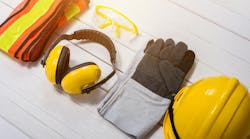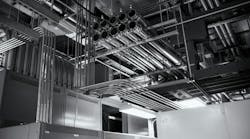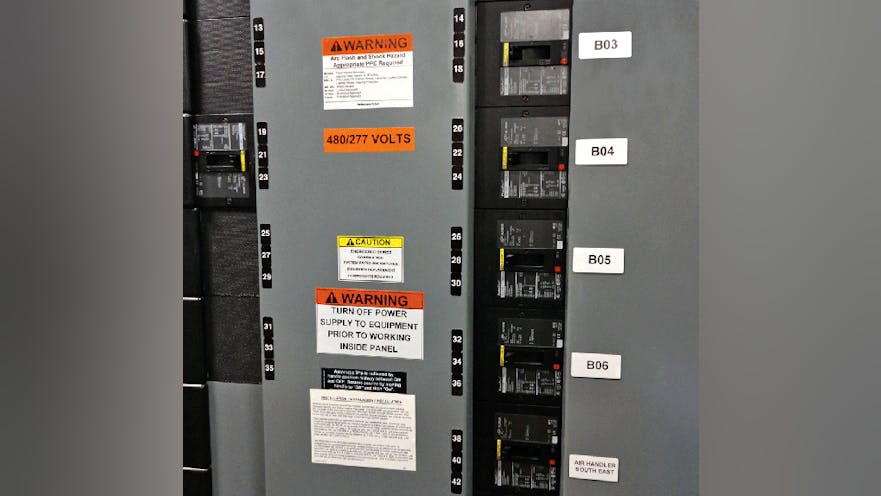When OSHA performs an on-site inspection of a facility, it should be a nonevent. However, the trend these days is moving toward more citations, greater penalties, and more frequent inspections. Compliance Safety and Health Officers have been given instructions to “get tough” and are being given support from OSHA’s Solicitor’s Office, meaning companies can expect even greater enforcement of OSHA standards. Labeling your facility is an important step in becoming OSHA compliant.
Per OSHA 1910.335(b)(1), “Safety signs, safety symbols, or accident prevention tags shall be used where necessary to warn employees about electrical hazards, which may endanger them as required by 1910.145.” Because much of the equipment in most plants is interconnected, the use of proper labeling ensures safety and provides easier understanding of the system when it’s time for upgrades and repairs. Whether you’re talking about the manufacturing of equipment or field marking, having everything properly labeled from beginning to end is not only important internally but also for those doing the actual inspections.
This photo gallery presents a nice overview of how the electrical equipment in your facility should be labeled. These images originally appeared in a two-part article, written by Todd Fries, a technical consultant with HellermannTyton North America in Milwaukee, that appeared in the May 2013 and June 2013 issues of EC&M. Read the full articles (links below) to learn why a properly applied and maintained label is the best defense against unwanted OSHA violations and browse through the slides and captions in the upper left-hand corner for highlights.









